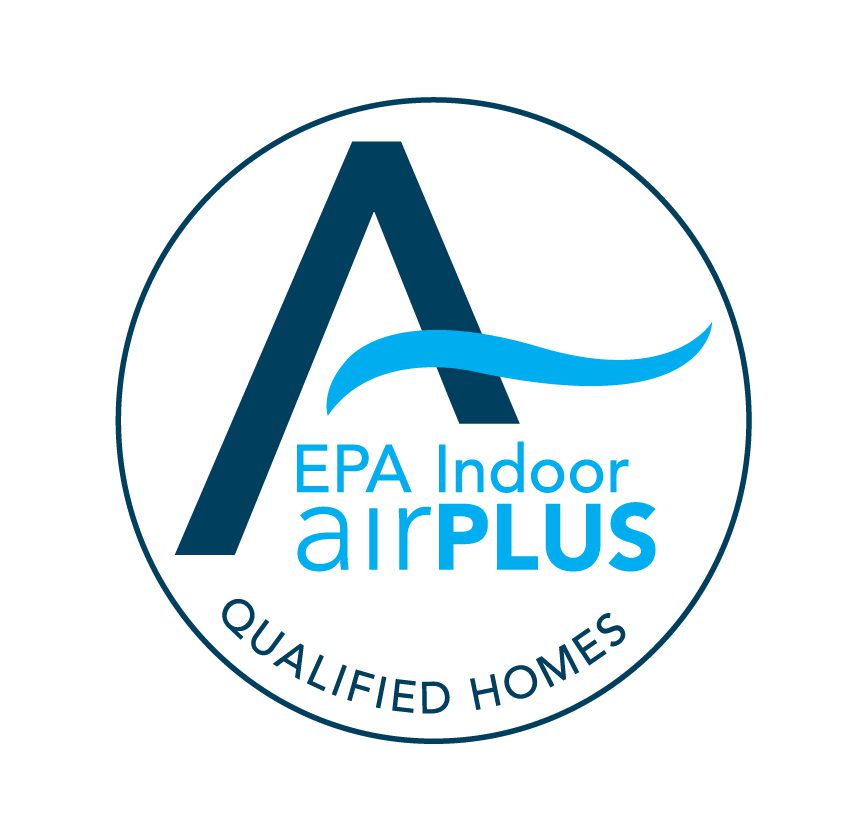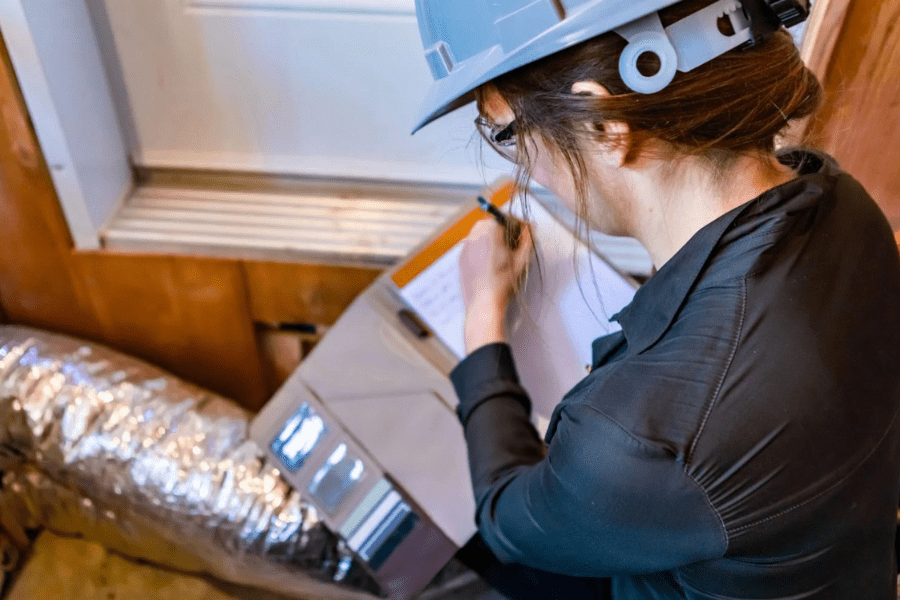Apr 3, 2024
Successful Gut Rehabs with EPA’s Indoor airPLUS Label
Including Indoor airPLUS certification in either a new build or gut-rehabilitation project is an excellent way to improve indoor air quality and help protect the building and its occupants.
By: Paul Raymer and Nick Hurst

The Indoor airPLUS (IAP) certification has been gaining traction in residential new construction, adding indoor air quality (IAQ) improvements to ENERGY STAR certified homes and apartments. But the IAP specifications are also applicable for homes and buildings undergoing gut-rehabilitation, and innovative builders and developers have earned the IAP label in these projects, rehabbing some of them all the way to Passive House standards. The recent development of IAP Version 2 will address various elements of gut rehabs even more directly than before, with alternative approaches and affordability in mind.
Innovative techniques are often simpler to apply to new construction projects. Existing buildings are composites of thousands of decisions made during the original construction, layered with subsequent decisions and adjustments over time. Adding construction details such as radon control or low-emission materials can seem daunting—but EPA has been working to change that perception.
Indoor airPLUS (IAP) is a voluntary certification program, developed by the U.S. Environmental Protection Agency (EPA) to address crucial aspects of IAQ in residential construction. IAP assists builders, trade contractors, and renovators with strategies to promote health benefits to homebuyers, using EPA-backed specifications and marketing tools.
There are seven sections in the specifications that address moisture control, radon, pests, HVAC systems, pollutant control, low-emission materials, and occupant education. Although these elements work together as a system to help improve IAQ, some of the strategies within those sections are more easily achievable in a new home project.
Moisture is a leading cause of health, comfort, and durability concerns in buildings. Keeping the water and water vapor out of the building can pose significant challenges, even for a new building. But there are numerous issues with existing structures that often are not easily identified by either the builder or the verifier. Since Version 1 of the IAP specifications focused initially on new single-family homes, there were limited exceptions for gut-rehab projects, which are increasingly common in multifamily buildings. The Moisture Control section considers site drainage, water-managed wall and roof assemblies, and interior moisture management. Indoor airPLUS Version 2 will identify certain “newly installed” construction features as mandatory, while allowing flexibility for some elements of gut rehabs through moisture inspections by verifiers.
Radon resistant construction helps reduce the risks of radon exposure, but the only sure way to determine if the dwelling has a radon problem is to test it—a requirement in Version 1 for gut-rehabs in Radon Zone 1. Version 2 makes sure that radon is addressed in some way nationally, commensurate with the three zones of the EPA Radon Map.
Chances are good that the heating and cooling ductwork in an existing building was not designed, installed, and commissioned to meet industry standards, and it may have degraded over its years of service. Space conditioning has a significant impact on IAQ and durability, as well as the health of the occupants.
For a gut-rehab project, it may be easier to replace ducts completely. But if ducts are going to be left in place, they must be carefully inspected. EPA recommends all the ducts be located within the thermal and pressure boundary of the building—a requirement for the new “GOLD” certification in Version 2.
Indoor airPLUS requires infiltration and duct testing and mandates the use of effective mechanical ventilation, building on the ASHRAE 62.2 standard for whole-dwelling and local exhaust. A gut-rehabilitated building may never have included a proper mechanical ventilation system, so new ductwork is often necessary in the rebuild. And if the goal is to achieve superior IAQ, balanced ventilation will be a requirement for IAP GOLD (in Version 2).
Open fireplaces used to be a highlight of selling homes and apartments. The problem is the risk of pollutants that atmospheric combustion emits. For a gut rehab, the house might have been built around a traditional masonry fireplace, but this type of central architectural feature can still be retrofitted to allow the house to comply with IAP requirements. However, IAP does not permit “unvented combustion or space-heating or decorative appliances within the conditioned space.” For a gut rehab in Version 2, existing chimneys and flues must pass a professional inspection to verify they are not damaged and will work properly.
Including Indoor airPLUS certification in either a new build or gut-rehabilitation project is an excellent way to improve indoor air quality and help protect the building and its occupants. It is also an important step to achieving DOE’s Zero Energy Ready Home certification, which may offer significant incentives for the builder/developer. It can be a challenge to venture beyond code requirements, especially with a substantial rehab project, but the results are worth it.
Paul Raymer and Nick Hurst will be speaking at BPA’s upcoming National Home Performance Conference & Trade Show taking place in Minneapolis, Minnesota from April 8-11. Their session, Successful Gut Rehabs with EPA’s Indoor airPLUS, will take place on Tuesday, April 9 from 1:00 to 2:00 pm.




